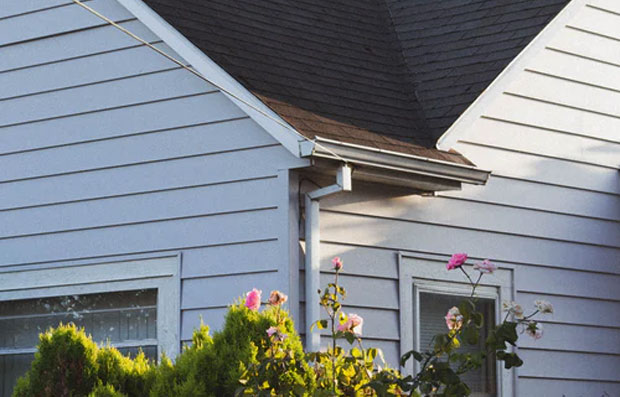How To Prevent Damp in Your House
How To Prevent Damp in Your House
Many London residents have to deal with damp in their homes. Whether its condensation, rising damp or penetrating damp, most homeowners can agree that they’d rather not have it at all. Fortunately, there are ways to prevent it from happening before you have to call in the specialists Damp Proof London. Here are 8 tips on how to prevent damp in your house.
1. Keep a Warm Home
Damp develops in spaces with fluctuating temperatures. By regularly turning your heat on and off, allowing hot and cold air to circulate, you increase your chances of creating damp. Experts recommend keeping the temperature inside your home at a constant, especially if you have central heating.
It’s also important not to leave some rooms heated and others not – this only further contributes to the problem. And although it may sound counterintuitive, opening the windows to let air out helps prevent damp also.
2. Outdoor Maintenance
Looking after your roof, gutters, and exterior walls are also essential for prevention. Check your roof for any missing tiles and ensure your insulation is installed properly. In addition, go into your loft to see if there are leaks.
Keeping your gutters clear will help prevent leaks. If you survey your exterior brickwork and notice any peeling paint or cracked render, you may need to apply some masonry protection cream. Problems with crumbling mortar might also be worth calling a professional sewer expert.
3. Check Your Walls and Window Frames for Damp
Often, you can feel damp on the walls before you can see signs of it. Whenever you’re cleaning, run your hand along the walls to check for damp. This is especially important for exterior-facing walls.
While you’re checking your walls, examine your window frames as well. Cold can gather at the windows, which attracts condensation. Peeling paint on window frames is a sure sign of damp that you’d rather catch sooner than later. Also, consider double glazing on windows to keep the inside of your house warmer.
4. Avoid Generating Moisture
As humans, we naturally produce a great deal of moisture with our everyday activities. Washing dishes, cooking, doing laundry, and taking a shower all produce excess moisture. Attempt to cut down by regulating these daily habits.
Avoid hanging clothes to dry inside, and never hang wet clothes over a radiator. Open the window when you take a shower, and turn on the extractor fan when you cook. If your kitchen and bathroom do not have windows, then an extractor fan is a must.
5. Ventilate Your Home
Your home should be properly ventilated to avoid excessive moisture. Ensure that the washing machine and dryer are vented and plumbed in correctly and install extractor fans in high-moisture rooms like the kitchen and bathroom. Do not deactivate your extractor fans and make sure to clean them out regularly so they maintain proper airflow.
Without providing an escape route for the moisture, condensation will build up inside your home. Proper ventilation will reduce your excess damp.
6. Cook Smart
Cooking is one of the biggest moisture-producing activities you can do in your home. You can lower your chances of producing condensation, by covering your pots and pans with lids while you cook. Be sure to always turn on your extractor fan when using the hob.
Additionally, you should close the kitchen door while you’re cooking to avoid letting moisture into other parts of the house. Leaving the door closed until the excess moisture clears out, is another method of damp proofing your home.
7. Use a Dehumidifier
If you’ve tried other methods of ventilation or taken on habits to reduce moisture but seem to be getting no results, consider a dehumidifier. These can help absorb any extra moisture that lingers in your home. Some dehumidifiers run on a timer or can detect when moisture levels are higher, activating on their own. This is a hassle-free solution to cutting down moisture and you might be surprised how much it can help.
8. Let Your Walls Breathe
Another way to prevent damp is to leave some open space between the walls and furniture. If your sofa right up against a wall, there will be no space for moisture to escape. Let your walls breathe to help avoid any damp build up.
Final Thoughts
On our mission to damp-proof London, we’ve seen many different cases of homeowners dealing with damp. Often, we get called in when damp is already a problem. Before you have to call damp proofing experts, use these tips to reduce the amount of moisture in your home.
Guest Article. Contains a sponsored link.











